For this project are used carrots to model nine of the most common bone fractures. I used carrots to model the fractures as they do a surprisingly good job at mimicking human bones in how they break.
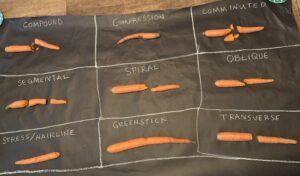
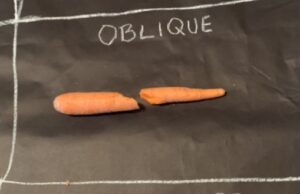
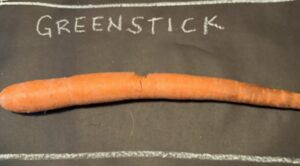
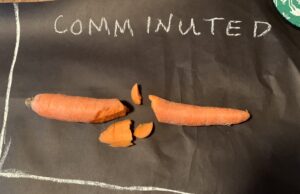
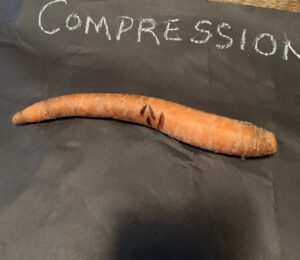
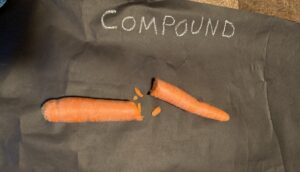

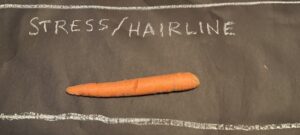

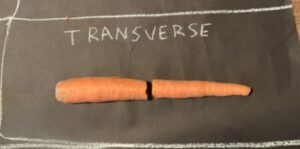

For this project are used carrots to model nine of the most common bone fractures. I used carrots to model the fractures as they do a surprisingly good job at mimicking human bones in how they break.










Kazden did an excellent model each of the following fractures: greenstick, transverse, spiral, comminuted, compression, compound, segmental, hairline and oblique by breaking carrots in the different fracture forms. She also wrote an excellent paper helping us to understand what they are, how each are often caused as well as a treatment plan for each. In brief, she shared how a spiral break is caused through twisting and often needs a surgery and a cast, the segmental break is caused by direct, high-power trauma to the area and requires stabilization with an external splint, screws, and surgery, and the transverse fracture which occurs when something hits the bone at a 90o angle which must may be treated in various ways including casting and surgery. More breaks she covered include hairline fractures which can often be treated with simply a splint, Greenstick fractures which come from the bone bending and can often be treated with a cast or splint, and a compression fracture which can come from cartilage being worn down and is treated with pain relievers and physical therapy. Another bone fractures she shared was oblique, which is caused by an object hitting it at an angle and is treated with surgical screws, plates, and casting. Finally she shared the comminuted which is caused by high-impact trauma accidents and is treatment is difficult as they often need surgery and casting quickly. She concluded her essay by sharing with us some interesting facts about bones. I learned a lot from her project!